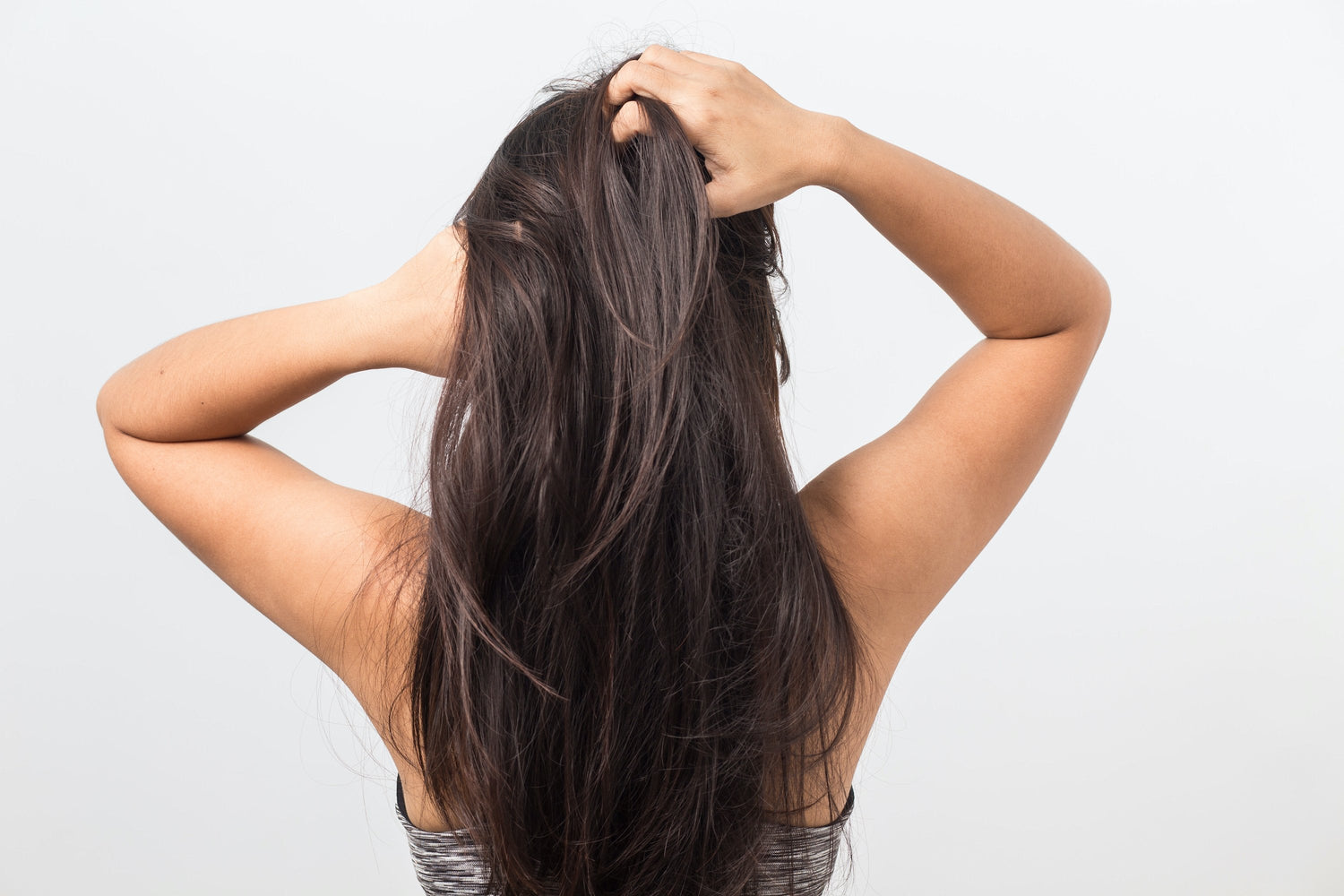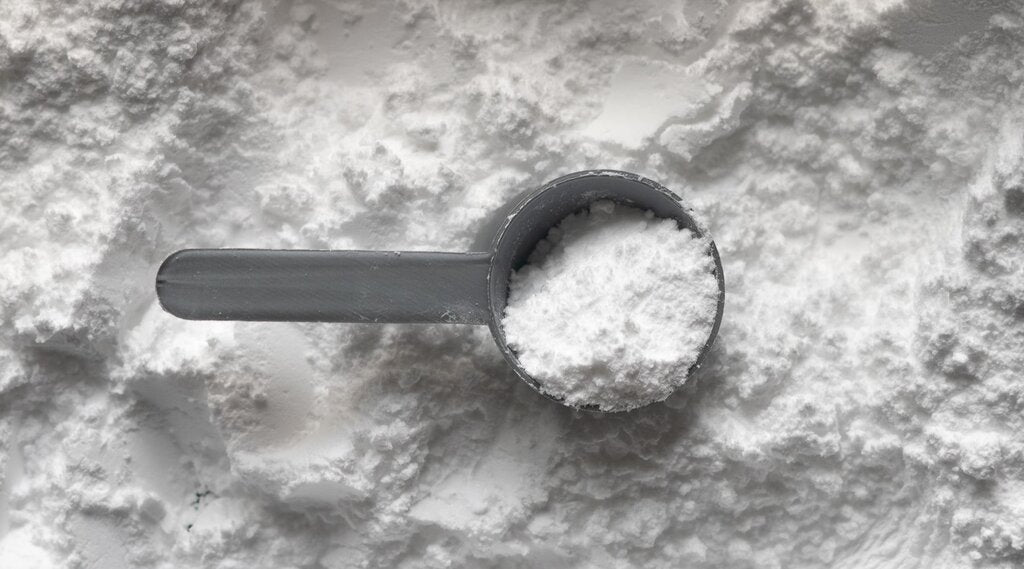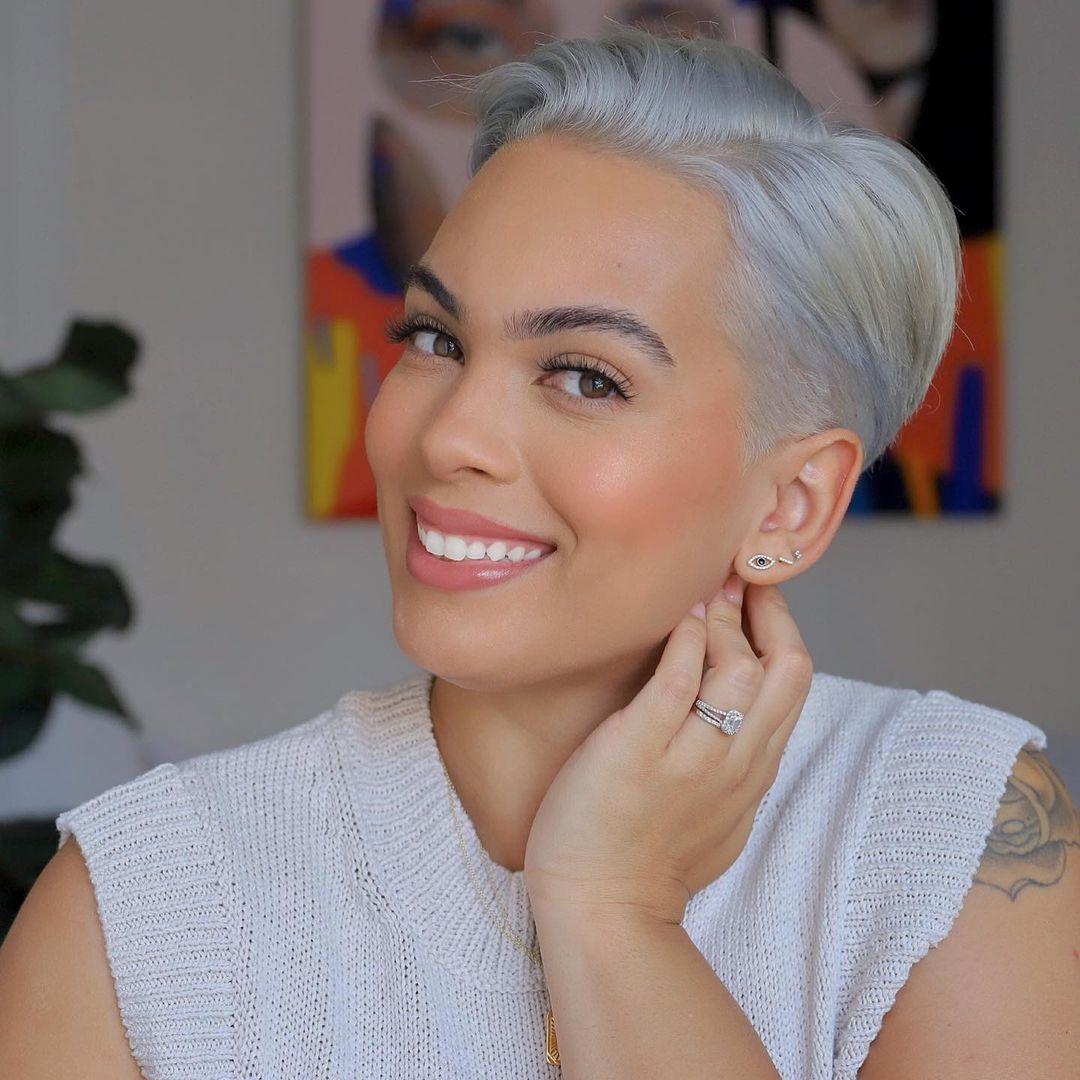The Clean Beauty Phenomenon
With the emergence of celebrity endorsed natural beauty brands, Toxic Beauty rating 100% on rotten tomatoes, and the word “organic” finding its way from the produce aisle into the beauty aisle, consumers are beginning to take notice of the ingredients in their cosmetic products. Fueled by the health and wellness industry and advocated by Credo Beauty and Goop Beauty, the “non-toxic” beauty movement started as an ornamental part of the cosmetic industry and has turned into an unstoppable phenomenon. The natural cosmetics market is expected to reach a value of 48.04 billion US dollars by 2025.[1] Retailers including Sephora, Target, CVS, QVC, and Walmart have begun swapping products on their shelves with what they believe to be cleaner and safer beauty products. Whether retailers are making the switch to capitalize on this booming industry or in the interest of consumer health and safety, consumers will need to sort through a lot of product offerings and information.
This article will help you understand what cosmetic companies could mean when they use words like "clean beauty," “natural,” “safe,” and “free from”, what we know “safe” really means, what certain toxic chemicals are still allowed in your cosmetics, and exactly how we’ve set the bar for “clean beauty”.
What are clean beauty regulations?
Unfortunately, it is hard to navigate clean beauty due to greenwashing, misinformation perpetuated on the internet, and a self-regulated industry. Unlike over-the-counter products like sunscreens, cosmetic products do not have required microbial, safety, or stability testing. Words such as “natural,” “safe,” “free from,” “green,” and “plant based” are unregulated marketing buzz words many companies use interchangeably. The last FDA cosmetic regulatory action was the Food, Drug, and Cosmetic Act passed in 1938 cleaning up the cosmetic industry. At the time, some cosmetics were killing and blinding people taking the saying “beauty is pain” to a whole new level. For a late night, scary story read American Chamber of Horrors by Ruth DeForest Lamb, a collection of the beauty tragedies that helped bring about the Food, Drug and Cosmetic Act. The lack of additional regulation after 81 years has created a vacuum in which third party certifications such as EWG Verified, COSMOS, Made Safe, and the Clean Label Project flourish and brands pay thousands of dollars to have a stamp of approval on their projects in hopes of appealing to consumers. Apps like Think Dirty, BClean, and Clean Beauty also promise to guide customers to safe and healthy products. Bottom line: everyone is trying to capitalize on clean beauty but everyone’s definition of it is different.
Clean Beauty Matters
Although chemophobia, the irrational fear of chemicals, is on the rise, consumers do have a valid concern about systemic absorption and health effects from cosmetic ingredients. While some ingredients sit on the surface of skin, others partition and diffuse into the bloodstream. For example, the FDA is reevaluating organic sunscreens like oxybenzone and cannot classify them as GRASE (generally recognized as safe and effective) because studies have shown systemic absorption.[2] Concern about systemic absorption applies to both skin care and hair care. Although hair is comprised of dead keratinized cells, the hair follicle is viable and alive. There are drug products that target the hair follicle as a drug transport pathway, also known as the shunt pathway. That means that what we put on our hair touches our scalp and therefore has the potential to be absorbed into the body.
Cleaning up the Confusion
- Natural does not necessarily mean clean. What do formaldehyde, mercury, and lead have in common? They are all naturally occurring chemicals that can be found in cosmetic products. Formaldehyde is found in keratin hair treatments, mercury in skin whitening products, and lead in some makeup colorants.[3][4] These chemicals all have serious side effects and although toxicity is dose dependent it’s best to just avoid carcinogenic, endocrine-disrupting, and sensitizing ingredients all together. Ingredients should be selected first for safety rather than natural origins.

- Hippopotomonstrosesquippedaliophobia has no place in beauty. Many botanical extracts and oils are listed on cosmetic labels by the plant genus and species making them almost unpronounceable such as Schinziophyton Rautanenii Kernel Oil (Mongongo Oil), Trigonella Foenum-Graecum Seed Extract (Fenugreek Extract), and Butyrospermum Parkii (Shea) Butter. Plant-derived ingredients can have intimidating and synthetic sounding names such as Hydroxyethyl Cetearmidopropyldimonium Chloride and Polyglyceryl-3 Diisostearate but are safe and effective. For all you EWG junkies out there, those chemicals happen to have an EWG score of 1.
- Marie Kondo is great for your house but not necessary for your cosmetic label. Some companies have begun taking the minimalist approach to adding ingredients to a product. Most of the time brands are selling you a whole lot of water to provide a single skin or hair benefit. Hair care brands really profit from conditioners as their formulas are typically 80-90% water. At SAVE ME FROM, we created potent, concentrated formulas that deliver numerous benefits. In fact, our reboots are up to 5 times more potent than your average hair care product, so you know that you are paying for high quality, highly concentrated ingredients.
- Natural can be effective Natural bioactives are specialized formulas themselves containing polyphenols, phospholipids, terpenoids, and naturally occurring vitamins beneficial to hair and skin. Our formulas are built around our Fenugen technology that uses organic, eco-extracted fenugreek from fair trade farmers to repair, rebuild, and reboot hair. It is science enhancing nature’s actives.
What does clean beauty mean for SAVE ME FROM?
We at SAVE ME FROM formulate our products with a clean conscience, which means that we care about safety, stability, and effectiveness of our products, using natural ingredients when possible.
Transparency: There are often hidden ingredients in your products. In the US, it is not necessary to list fragrance allergens from essential oils and fragrances or note incidental ingredients on a cosmetic label. There is also not a fragrance threshold in products which can lead to irritation and sensitization. We incorporated all our fragrances below 1% and listed everything in our product on our label. We care about 100% transparency.
Safety: We have collected safety data on all ingredients used in each of our products as well as performed RIPT (repeated insult patch testing) on each hair mask to evaluate for irritation and sensitization. We passed with flying colors, by the way. Our products are so safe that you can use them as both a rinse-out AND leave-on product which is quite unique.
No-no list: coal tar, formaldehyde, parabens, silicones, sulfate detergents, triclosan, phthalates, Methylisothiazolinone (MI), Methylchloroisothiazolinone (MCI), and many others.
Safer preservation: The purpose of a preservative is to prevent the growth of bacteria, mold, and yeast during the shelf life of a product. However, preservatives can negatively impact your skin’s natural microbiome and irritate the skin and scalp. We used hurdle technology to preserve our products which means limiting the use of biocides, irritating antimicrobial agents, and strategically formulating to limit the growth of microbes. That includes keeping the pH below 5, reducing water concentration, reducing water activity, adding multifunctional ingredients that boost preservation, and using clean and airtight packaging.
Natural when possible: Without sacrificing efficacy, we used silicone alternatives, natural colorants, and numerous natural bioactives. Our patent-pending Fenugen® technology contains Ayurvedic Fenugreek that improves hair strength, shine, hydration, and scalp nourishment. We also included Bond Reboot™ a bond building scalp-health optimizing blend of nutrients. We paired functional natural ingredients with safe synthetics.
Results driven: We at SAVE ME FROM refuse to sacrifice performance for the sake of natural or organic while we also refuse to sacrifice safety for efficacy. That means it took years and numerous formula variations to select safe, clean, and effective ingredients with in vitro, in vivo, and clinical data. Our products transform hair from tip to root and from cuticle to cortex, repairing damage- not just masking it. Our masks reduce split ends by up to 97%, increase flexibility by up to 140%, improve shine by up to 82%, and thicken hair by up to 200%.
We at SAVE ME FROM created better, cleaner, safer, more transparent hair care while on a mission to save hair, save lives, and empower. We advocate for suicide prevention to help save people in real crisis. Formulated with clean ingredients and a clean conscience.
***
[1] https://www.bloomberg.com/press-releases/2019-06-11/natural-cosmetics-market-worth-48-04-billion-by-2025-cagr-5-01-grand-view-research-inc
[2] https://www.fda.gov/drugs/news-events-human-drugs/spotlight-cder-science-new-fda-study-shines-light-sunscreen-absorption
[3] https://www.fda.gov/cosmetics/potential-contaminants-cosmetics/fdas-testing-cosmetics-arsenic-cadmium-chromium-cobalt-lead-mercury-and-nickel-content
[4] https://www.who.int/ipcs/assessment/public_health/mercury_flyer.pdf

Krissie Gerrard is a biochemist and cosmetic formulator with a background in both research and development and product development. She partnered with leading contract manufacturers to develop skin and hair care brands including Bliss Color and Orlando Pita Play, directing both formulation and clinical testing. She worked as the senior formulation chemist at a contract manufacturer developing formulas for prestige brands found at Sephora and Ulta. She studied hair biology through the University of Cincinnati’s James L. Winkle College of Pharmacy and writes newsletter articles for the Society of Cosmetic Chemists.
Save Me From pushed her knowledge and expertise to the limit to formulate products with unique textures, specific hair concerns, new technology, and great clinical results.
krissie.gerrard@envycc.com





